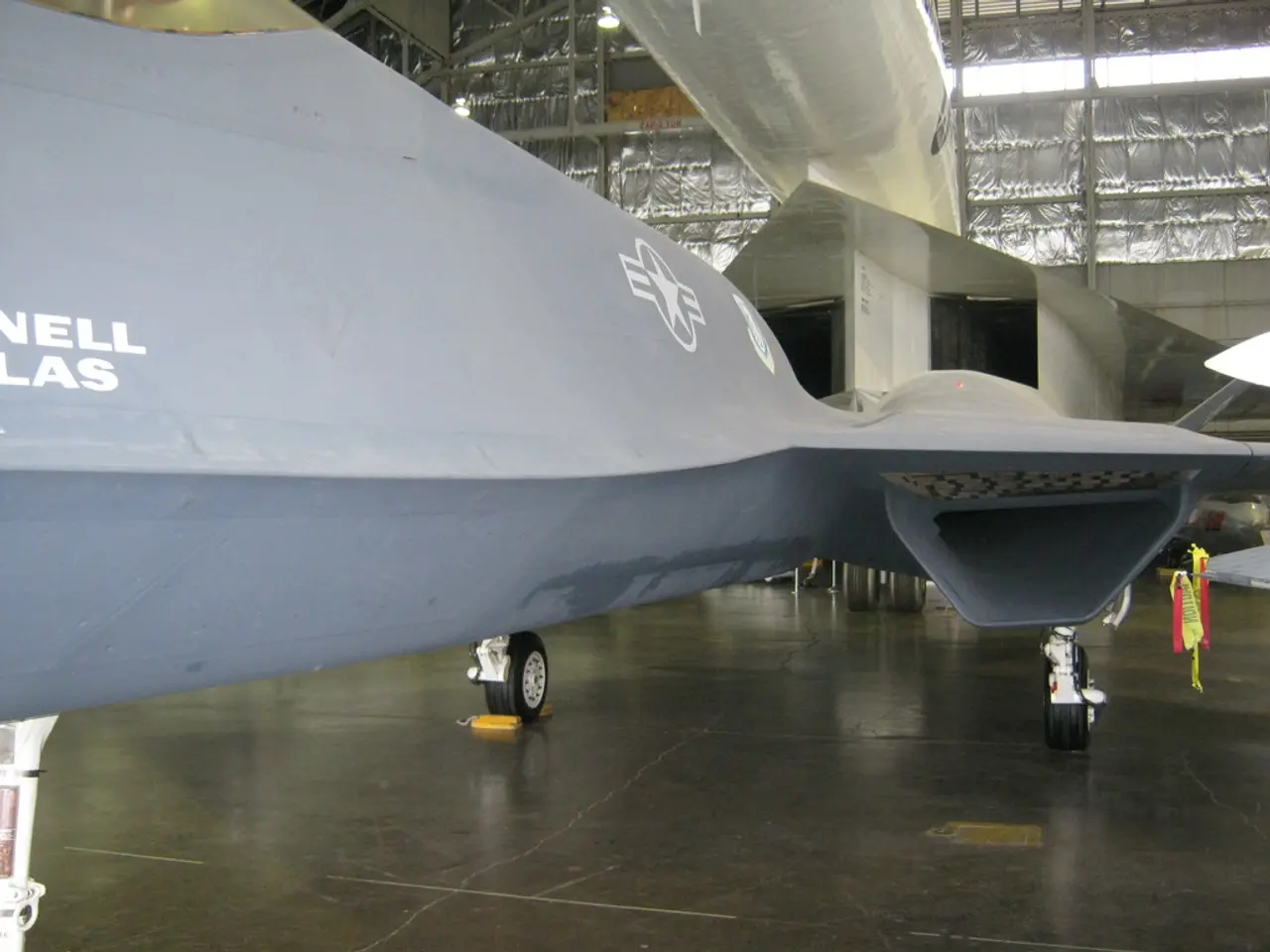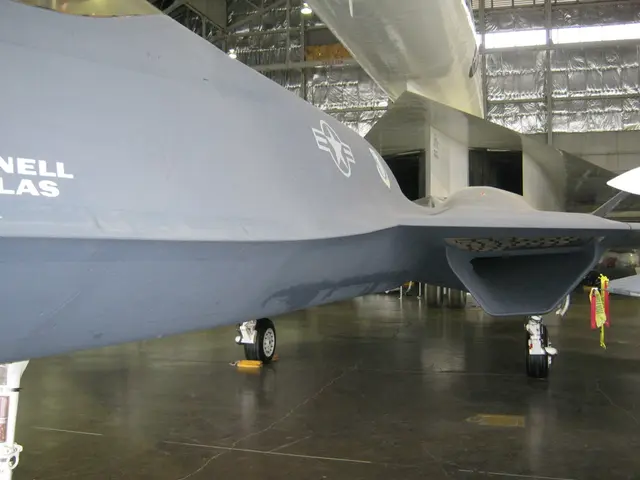Chinese Commercial Aircraft Company: COMAC-C919
The COMAC C919, China's first domestically developed narrow-body commercial aircraft, entered commercial service in 2023. This modern passenger jet, designed to meet the demand for air travel in China and other emerging markets, features state-of-the-art technologies, including fly-by-wire systems, advanced avionics, and lightweight composite materials.
The C919's seating capacity ranges from 158 to 168 passengers, and its cabin boasts wider seats, larger overhead bins, and larger windows, aiming to improve the passenger experience. The aircraft's range is up to 4,075 kilometres, making it a competitive contender in the single-aisle jet market, alongside the Airbus A320 and the Boeing 737.
However, the production of the C919 has faced challenges due to U.S. export restrictions on key components, including the Leap 1C engine, which is crucial for the aircraft. These restrictions have been eased recently, allowing for the resumption of engine exports from General Electric (GE) to COMAC. This development is crucial, as it enables COMAC to fulfil its existing backlog of over 1,000 aircraft orders and pursue international certification, such as from the European Union Aviation Safety Agency (EASA).
Despite this progress, China is accelerating efforts to localise key aerospace technologies to reduce dependence on foreign suppliers. The C919's reliance on foreign engines is a long-term focus for China, with plans to develop domestic capabilities to reduce dependency on international suppliers.
Looking ahead, COMAC is focusing on expanding its international presence and certification of the C919. The company is working towards achieving European certification, which would significantly enhance its global market viability. Additionally, while the C919 is currently reliant on foreign engines, China's long-term strategy involves developing domestic capabilities to reduce dependency on international suppliers.
COMAC is also developing other aircraft, such as the C909, which is popular in Southeast Asia, and the upcoming long-range C929, designed to compete with Boeing and Airbus. The C929 is expected to be developed by 2027 and will be a significant step in China's quest for aerospace self-sufficiency.
Overall, while the C919 faces challenges related to international certification and supply chain dependence, recent developments offer optimism for its future production and market expansion. The C919 is poised to play a major role in the future of air travel and represents China's growing presence in the global aviation industry. As of February 2023, the C919 has received orders from over 20 customers, including major Chinese airlines and leasing companies.
The development of domestic capabilities in aerospace technology is crucial for COMAC, as it aims to reduce dependency on international suppliers, such as those in the engine industry like General Electric (GE) in the finance sector. With the expansion of their offerings, including the C909 in Southeast Asia and the long-range C929, COMAC is poised to challenge giants in the aerospace and technology industries, such as Boeing and Airbus.








